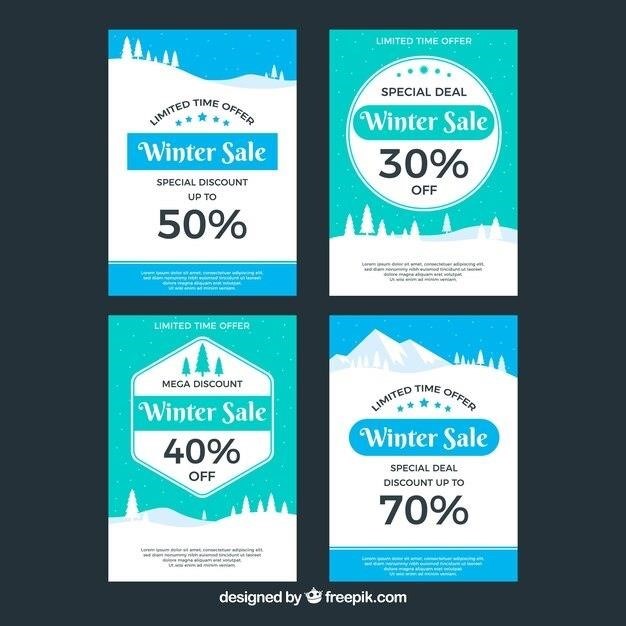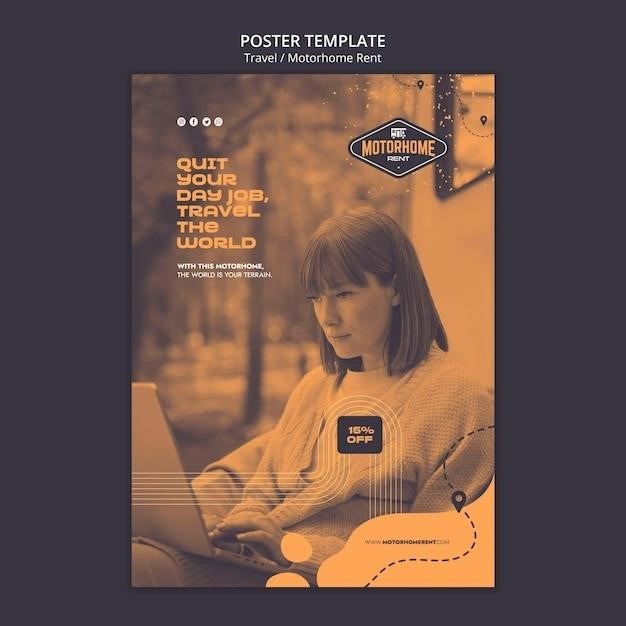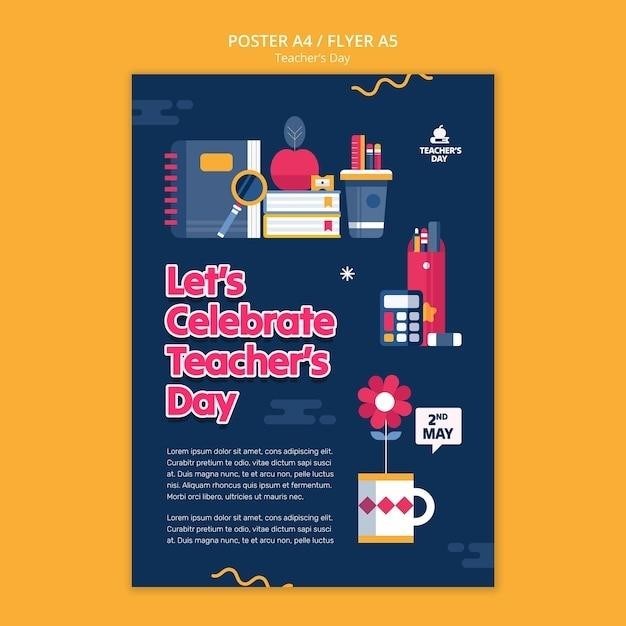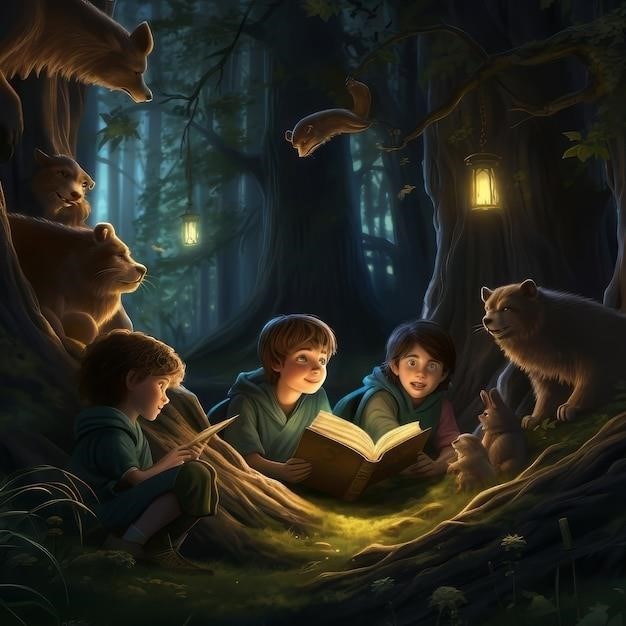Sample Email to College Coaches⁚ A Comprehensive Guide
This comprehensive guide will provide you with valuable insights and sample templates for crafting effective emails to college coaches. Whether you’re an aspiring athlete or a student with strong academics, these tips will help you make a lasting impression and stand out from the crowd.
Why Emailing College Coaches Matters
In today’s competitive college recruiting landscape, emailing college coaches is a crucial step in showcasing your talent and securing a spot on a team. It allows you to make a direct connection with coaches, introduce yourself, and highlight your skills and accomplishments. While coaches receive countless emails, a well-crafted message can stand out and spark their interest.
Coaches use email as a primary communication channel for recruiting, allowing them to efficiently gather information and evaluate potential athletes. Your email provides an opportunity to demonstrate your initiative, enthusiasm, and commitment to the sport. It also allows you to express your genuine interest in their program and institution.
Beyond showcasing your athletic prowess, your email is a chance to impress coaches with your communication skills, professionalism, and attention to detail. A well-written email reflects your maturity and ability to articulate your goals clearly, which are valuable qualities sought by college coaches.
Essential Elements of a Winning Email
To craft an email that captures a college coach’s attention, consider incorporating these key elements⁚
- Subject Line⁚ A compelling subject line is crucial for getting your email opened. Be clear and concise, mentioning your name, position, graduating year, and a brief highlight, such as a significant accomplishment or academic achievement. For example, “John Smith, 2024 Pitcher, 4.0 GPA, 85 MPH Fastball.”
- Personalized Greeting⁚ Begin with a formal greeting addressing the coach by name. This shows that you’ve taken the time to research and personalize your message.
- Introduction⁚ Briefly introduce yourself, mentioning your name, graduating year, position, high school, and any relevant club or travel teams.
- Express Interest⁚ Clearly state your interest in the coach’s program and institution. Mention specific aspects that appeal to you, such as the team’s culture, coaching philosophy, or academic programs.
- Highlight Accomplishments⁚ Showcase your athletic achievements, academic record, and any relevant awards or recognitions. Be concise and focus on the most impressive aspects.
- Attach Resume and Video⁚ Include a link to your highlight video and a PDF of your resume. This allows coaches to easily access your credentials and get a visual representation of your skills.
- Call to Action⁚ End your email with a clear call to action, inviting the coach to contact you for further discussion or to schedule a meeting.
- Professional Closing⁚ Close with a professional closing, such as “Sincerely” or “Best regards,” followed by your full name and contact information.
Sample Email Templates for College Coaches
To give you a starting point, here are a few sample email templates you can adapt to your specific situation.
General Template
Dear Coach [Coach’s Last Name],
My name is [Your Name], and I am a [Position] in the Class of [Graduation Year] at [High School Name]. I am writing to express my strong interest in the [Sport] program at [University Name].
I have been following [University Name]’s [Sport] program for some time now and am particularly impressed by [mention something specific about the program or coach]. I am a dedicated and hardworking athlete who consistently strives to improve my skills. I have been playing [Sport] for [number] years and have achieved [mention a notable accomplishment].
My resume and highlight video are attached for your review. I am eager to learn more about your program and how I can contribute to its success. Please feel free to contact me at [Your Phone Number] or [Your Email Address] to schedule a call or meeting.
Thank you for your time and consideration.
Sincerely,
[Your Name]
General Template
Dear Coach [Coach’s Last Name],
My name is [Your Name], and I am a [Position] in the Class of [Graduation Year] at [High School Name]. I am writing to express my strong interest in the [Sport] program at [University Name].
I have been following [University Name]’s [Sport] program for some time now and am particularly impressed by [mention something specific about the program or coach]. I am a dedicated and hardworking athlete who consistently strives to improve my skills. I have been playing [Sport] for [number] years and have achieved [mention a notable accomplishment].
My resume and highlight video are attached for your review. I am eager to learn more about your program and how I can contribute to its success. Please feel free to contact me at [Your Phone Number] or [Your Email Address] to schedule a call or meeting.
Thank you for your time and consideration.
Sincerely,
[Your Name]
Academic-Focused Template
Dear Coach [Coach’s Last Name],
My name is [Your Name], and I am a [Position] in the Class of [Graduation Year] at [High School Name]. While I am dedicated to excelling in [Sport], I am equally passionate about my academic pursuits.
I am particularly interested in [University Name]’s [Sport] program because of its strong academic reputation and commitment to student-athlete success. I have a [GPA] GPA and a [Test Score] score on the [Test Name]. I am particularly interested in [Mention a specific academic area or program] and believe that [University Name] would provide me with the resources and support to thrive both on and off the field.
I have attached my resume and highlight video for your review. I would welcome the opportunity to discuss my academic and athletic goals in greater detail. Please feel free to contact me at [Your Phone Number] or [Your Email Address].
Thank you for your time and consideration.
Sincerely,
[Your Name]
Athletic-Focused Template
Subject⁚ [Your Name], [Position], [Graduation Year] ‒ Interested in [University Name] [Sport]
Dear Coach [Coach’s Last Name],
My name is [Your Name], and I am a [Position] in the Class of [Graduation Year] at [High School Name]. I am writing to express my strong interest in [University Name]’s [Sport] program. I have been following your team for [Number] seasons and have been consistently impressed by your [Mention specific aspect of the team, e.g., offensive strategy, defensive prowess].
I am a dedicated and hardworking athlete with a passion for [Sport]. I have [Mention specific achievements, e.g., won multiple awards, led my team to championships]. I am confident that I have the skills and work ethic to contribute to your program’s success.
I have attached my resume and highlight video for your review. I would be grateful for the opportunity to discuss my athletic abilities and potential contribution to your team. Please feel free to contact me at [Your Phone Number] or [Your Email Address].
Thank you for your time and consideration.
Sincerely,
[Your Name]
Tips for Crafting a Standout Email
To make your email truly stand out, consider these additional tips⁚
- Personalize your message⁚ Go beyond generic greetings. Research the coach and program, mention specific achievements or aspects of the program that resonate with you.
- Highlight your achievements⁚ Quantify your accomplishments whenever possible. Instead of saying “I’m a good player,” provide concrete examples like “I averaged [Number] points per game” or “I led my team to a [Tournament name] championship.”
- Be concise and clear⁚ Keep your email brief and to the point. Focus on the most important information about your athletic abilities, academic achievements, and interest in the program.
- Proofread carefully⁚ Typos and grammatical errors create a negative impression. Double-check your email before hitting send.
- Use a professional email address⁚ Avoid using personal or informal email addresses. Create a professional email address that reflects your name, e.g., [YourName]@email.com.
By following these tips, you can craft a compelling email that captures the attention of college coaches and sets you apart from the competition.
Follow-up Strategies
Don’t expect an immediate response from every coach. Follow up strategically to demonstrate your continued interest and initiative. Here’s a suggested approach⁚
- Initial follow-up⁚ If you don’t hear back within a week, send a polite follow-up email. Briefly reiterate your interest in the program and mention any relevant updates, such as a recent accomplishment or tournament performance.
- Post-tournament follow-up⁚ If you’ve participated in a tournament or showcase event that the coach may have attended, send a follow-up email mentioning your performance and expressing your desire to connect further.
- Highlight video update⁚ If you’ve created or updated your highlight video, let the coach know. You can say something like, “I’ve recently updated my highlight video, and I’d like to share it with you. You can find it at .”
- Phone call⁚ After a few emails, consider following up with a phone call if you feel it’s appropriate. Be prepared to leave a clear and concise message, reiterating your interest and availability for a conversation.
Remember to be persistent but respectful. Your follow-up efforts demonstrate your commitment and can make a positive impression on coaches.
Additional Resources
Beyond email, there are other valuable resources to enhance your recruiting journey. These platforms and services can help you connect with coaches, showcase your skills, and streamline the process⁚
- NCSA (National Collegiate Scouting Association)⁚ NCSA is a comprehensive recruiting platform that connects athletes with college coaches. Their website provides resources, tools, and guidance for the entire recruiting process.
- SportsRecruits⁚ This platform offers a messaging system specifically designed for athletes and coaches. It allows you to send personalized emails, track communication, and manage your recruiting profile.
- College Fit Finder⁚ This tool helps athletes identify colleges that align with their academic and athletic goals. It provides valuable information about programs, coaches, and potential fit.
- Recruiting Websites⁚ Websites dedicated to specific sports or regions often have directories of coaches, recruiting news, and articles. These resources can provide insights into college programs and potential contacts.
- College Visits⁚ Attending college camps, showcases, and open houses allows you to meet coaches in person, experience the campus environment, and learn more about programs firsthand.
Leveraging these additional resources can significantly increase your visibility and chances of attracting attention from college coaches.
The Importance of Personalization
In a sea of emails, standing out requires going beyond generic templates. Personalization is key to making your message resonate with coaches. This involves demonstrating genuine interest in their program and highlighting how your skills and aspirations align with their goals.
- Research the Program⁚ Go beyond basic facts. Explore the team’s history, recent successes, coaching philosophy, and any specific initiatives that resonate with your values.
- Mention Specific Achievements⁚ Highlight achievements relevant to the program’s needs. Did you excel in a specific skill area that aligns with their style of play? Did you earn academic honors that match their academic standards?
- Express Genuine Interest⁚ Don’t just state your desire to play. Share what excites you about their program, their coaching style, or the university’s culture.
- Connect with Your Passion⁚ Let your personality shine through. Express your love for the sport and your dedication to reaching your full potential.
Personalization shows you’ve done your homework and are genuinely interested in becoming part of their team. It’s a powerful way to make your email memorable.
Emailing Etiquette
While you want to make a strong impression, it’s crucial to maintain professional etiquette when emailing college coaches. Remember, they are busy individuals, and a poorly formatted or disrespectful email can easily land in the trash bin.
- Use a Professional Email Address⁚ Avoid using playful or unprofessional email addresses. Opt for a straightforward address that reflects your name, such as [yourname]@[email service].
- Subject Line Clarity⁚ Your subject line should be concise and informative, clearly stating your name, year of graduation, position (if applicable), and the purpose of your email. For instance, “John Smith, 2025, Point Guard, Interest in Your Program.”
- Proofread Carefully⁚ Before sending, double-check for any grammatical errors or typos. A well-written email demonstrates attention to detail and professionalism.
- Respect Time Constraints⁚ Keep your email brief and to the point. Coaches receive numerous emails and appreciate messages that are concise and easy to read.
- Follow Up Appropriately⁚ If you haven’t received a response within a week, it’s acceptable to send a brief follow-up email, but avoid being overly persistent.
By adhering to these etiquette guidelines, you demonstrate respect for the coaches’ time and increase your chances of getting a positive response.

Using a College Fit Finder Link
A College Fit Finder link is a valuable tool that allows coaches to easily access your athletic and academic profile. This link provides them with a comprehensive overview of your abilities, achievements, and interests.
- Include the Link⁚ Always include your College Fit Finder link in your email to coaches. It should be prominently displayed, perhaps within the body of the email or in your signature.
- Personalize the Link⁚ Some platforms allow you to personalize your link. Consider using a shortened URL or a custom domain to make it more memorable and professional.
- Ensure Accuracy⁚ Before sending your email, double-check that all the information on your College Fit Finder profile is up-to-date and accurate.
- Highlight Key Information⁚ Use your College Fit Finder profile to highlight your strengths, academic achievements, athletic accomplishments, and any unique talents or experiences.
- Update Regularly⁚ Make sure to update your profile with any new achievements, awards, or changes in your academic or athletic performance.
By utilizing a College Fit Finder link effectively, you provide coaches with a convenient and informative way to learn more about you and your potential contribution to their program.
The Role of Your Resume and Highlight Video
Your resume and highlight video serve as powerful visual representations of your abilities and achievements. They provide coaches with a quick and easy way to assess your potential.
- Resume⁚ A well-crafted resume should showcase your academic record, extracurricular activities, leadership roles, and any relevant work experience. It should be concise, professional, and easy to read.
- Highlight Video⁚ A highlight video should showcase your athletic skills, techniques, and game highlights. It should be professionally produced and edited, with clear footage and engaging music.
- Attachments⁚ Attach your resume and highlight video to your email. You can also provide links to your video hosted on a platform like YouTube or Vimeo.
- Format⁚ Save your resume as a PDF to ensure that the formatting remains consistent across different devices.
- Customization⁚ Consider tailoring your resume and highlight video to the specific sport and program you are targeting.
By presenting your resume and highlight video professionally, you demonstrate your commitment and professionalism, making a strong first impression on college coaches.
















